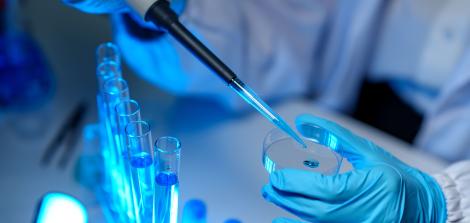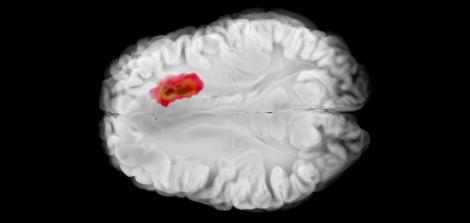Drug repurposing

Drug repurposing (also called drug repositioning) is a field of medical research that aims to find new uses for existing drugs—medications that are already approved for use or are in advanced stages of development. Instead of starting from scratch with a brand-new drug, a process that can take 10–15 years and cost billions of dollars, researchers explore whether a drug originally designed for one condition might also be effective for another.
The idea builds on the fact that many drugs act through more than one biological mechanism, or influence several different systems in the body. Sometimes, unexpected “positive” side effects reveal new potential.
Well-known examples include:
Viagra (Sildenafil) – originally developed for pulmonary hypertension and angina pectoris, later found effective for erectile dysfunction.
Thalidomide – infamous in the 1960s for causing severe birth defects, but later repurposed as a treatment for multiple myeloma, a type of blood cancer.
Metformin – a long-established drug for type 2 diabetes, now being studied for its potential in slowing aging processes and in cancer therapy.
The main advantage of drug repurposing is that much of the safety data already exists, making regulatory approval for a new use faster and less expensive. In today’s era of big data, artificial intelligence, and genomic sequencing, this approach is growing rapidly and is considered one of the most promising avenues in personalized medicine.
For more on drug repurposing, see the interview with Prof. Chaya Brodie from Bar-Ilan University’s Faculty of Life Sciences and the Dangoor Center >> https://dangoor-medicine.biu.ac.il/node/380
Last Updated Date : 05/11/2025







![A person standing at a beach next to a big wave [representing post-trauma]](/sites/dangoor-medicine/files/styles/card_image/public/articles/%D7%A4%D7%95%D7%A1%D7%98-%D7%98%D7%A8%D7%90%D7%95%D7%9E%D7%94.jpg?itok=PnJYP1wn)
